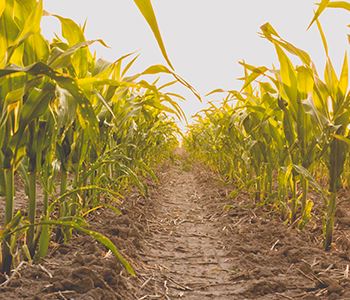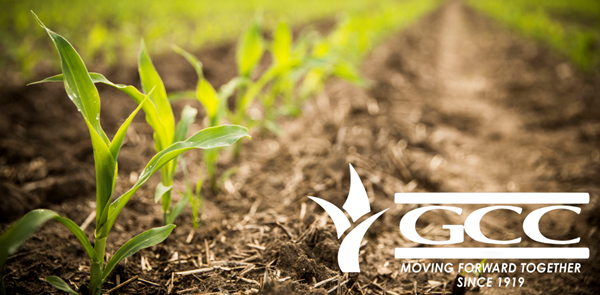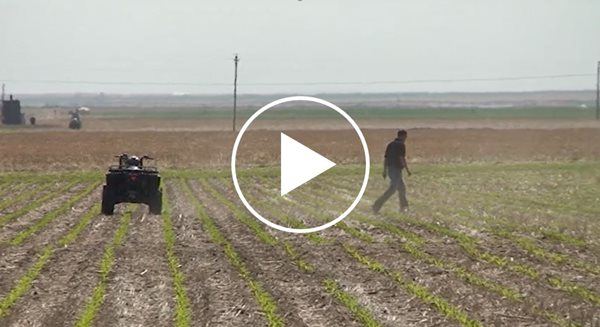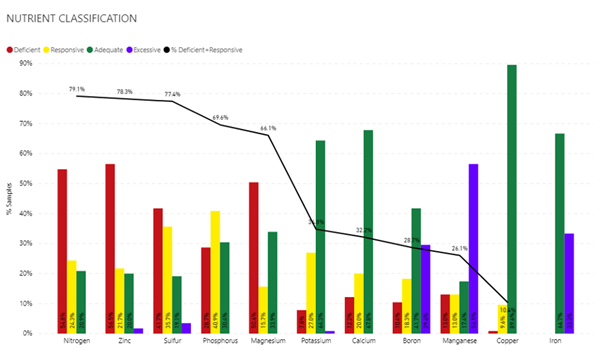Psst! Your Crops Are Talking. Are You Listening?
May 18, 2020


Feed The Hidden Hunger
Of course plants don't actually talk, but there are other ways to pay attention to your crops nutrient needs. Tissue sampling is a reliable way to see if your plant nutrition plan is working before deficiency signs appear. The Garden City Co-op can help you make the in-season adjustments for results you'll see at harvest.
-
Sample before crops need their key nutrients
No-brainer, right? A deficiency can present itself long before the symptoms are seen in the plant. Tissue sampling is recommended for corn in key decision making time frames. Growth stages V4-V6 are a key time to sample before making a side dress application, as well as other timely samples later in the season ahead of high nutrient uptake stages. -
Select a variety of samples
Leave no areas out of the tissue sample. The more plants you take samples from, the more the results will tell you what's really going on in your field. You will need to collect at least a softball-sized sample of varying leaves/plant parts from all sections of the field. -
Work with the right partner
Reading tissue sample results can seem like a foreign language. The Garden City Co-op has the ability to look at accumulated local data from 2017-2019 for a better understanding of nutrient deficiency by location. Work with your Garden City Co-op agronomist to interpret what your plants are trying to tell you, and determine what they need.

We proactively gather our sampling data from across the region to identify local nutrient trends. Contact us today about tissue sampling and the best nutrition approach for your fields.